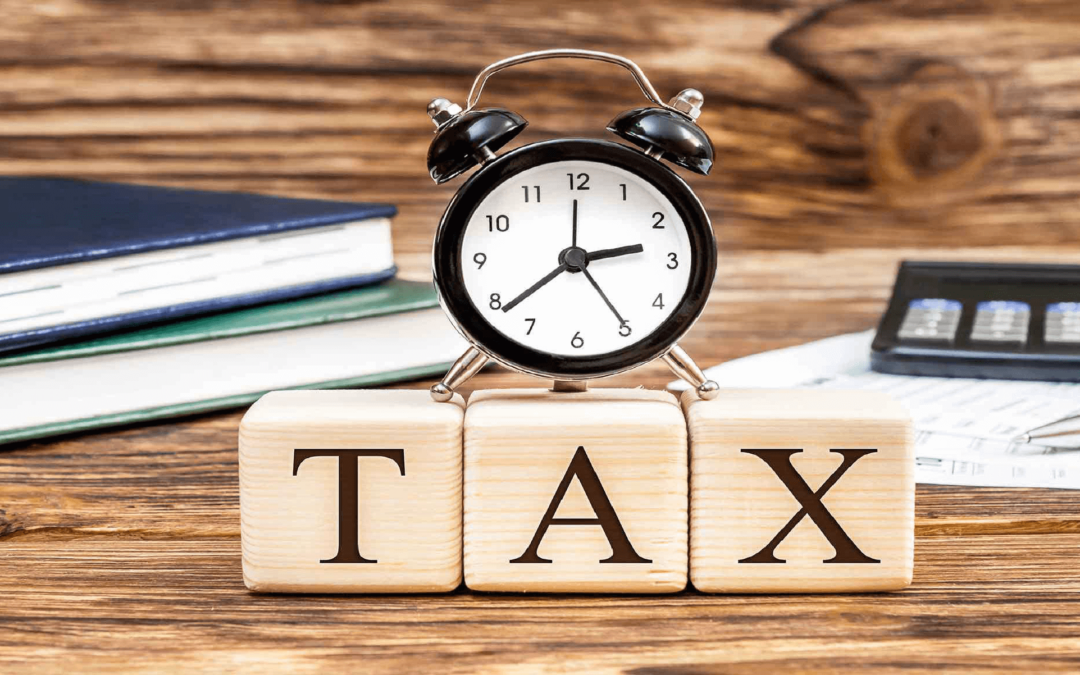Finance Act 2020 – TDS under section 194 J
FA 2020 has introduced lower rate of deduction @ 2% instead of 10%, under section 194J, if the service is in the nature of:
For the part of royalty, there should be no confusion to understand as it has been categorically included only for one segment. However, when one tries to interpret and differentiate the inclusions under professional service or technical service, they will refer to the definition under the act, which has been reproduced under:
professional service is services rendered by a person in the course of carrying on legal, medical, engineering or architectural profession or the profession of accountancy or technical consultancy or interior decoration or advertising or such other profession as is notified by the Board for the purposes of section 44AA or of this section
fees for technical services means any consideration (including any lump sum consideration) for the rendering of any managerial, technical or consultancy services (including the provision of services of technical or other personnel) but does not include consideration for any construction, assembly, mining or like project undertaken by the recipient or consideration which would be income of the recipient chargeable under the head “Salaries”.
So as per the definition of professional service, consultancy which is in the nature of technical consultancy gets covered there and tax should be deducted at 10% on the same, however, the definition of fees for technical service includes consultancy (including the provision of services of technical or other personnel). There has been no explanation provided to differentiate between what would fall under “technical consultancy” and what would be considered as consultancy under the definition of “fees for technical services” (FTS). Therefore, having said that, a person would have to be technically and academically prepare and decide if his service is in nature of FTS by concluding on the fact that the service would be only managerial, technical or consultancy in nature, and does not fall within the ambit of “technical consultancy” to claim the benefit of lower rate of TDS. Having understood from the various case laws (referred below), there is a very thin line to differentiate between these two and even if one does, he will have to convince the tax authorities (if called for) to substantiate that the service is not in the nature of professional service, because professional service is very widely defined.
Some reference case laws:
- Delhi ITAT in Le Passage to India Tours & Travel (P) Ltd. [2014] 369 ITR 109
- E-bay International AG vs ADIT (2012) 25 taxmann.com 500 (Mum)
- Intertek Testing Services India (P) Ltd. [2008] 307 ITR 418 (AAR)
- J.K (Bombay) Ltd. v/s CBDT [1979] 118 ITR 312
- Endemol South Africa (Proprietary) Ltd. vs DCIT [2018] 98 taxmann.com 227 (Mum ITAT)
- Skycell Communication Ltd. vs DCIT [2001] 251 ITR 53
Understanding the Intent:
In order to get some clarity on this amendment, it is important that we understand the intent behind having this amendment. From the memorandum to Finance Bill 2020, we understand that this amendment was brought in order to reduce the litigations where a particular service falls within the definition of 194J (where 10% TDS rate was applicable) or 194C (where 2% rate is applicable). To our understanding, the litigations which have been referred to in memorandum would be around a particular work has been argued to either fall under the definition of ‘work’ for section 194C of the Act or under the definition of FTS under section 194J of the Act. This would for instance include services like an AMC service provided by a technical company which would undertake to maintain the entire server system or computer systems of an organisation, whether the same would fall under the definition of work or technical service, has been a point of argument in this instance. Similarly there have been other examples, inference can be drawn from the same to take guidance.
Conclusion
Therefore, while deciding the deductibility of a rate, the above intent should be considered and decided about the rate of deduction. However, considering that the interpretation has a very thin line as explained above and there have already been so many litigations, this intent of reducing the litigations might turn the other way. CBDT should therefore come out clarifying the background and earmarking the list of services which would fall under 10 percent deduction and 2 percent deduction for section 194J of the Act.

